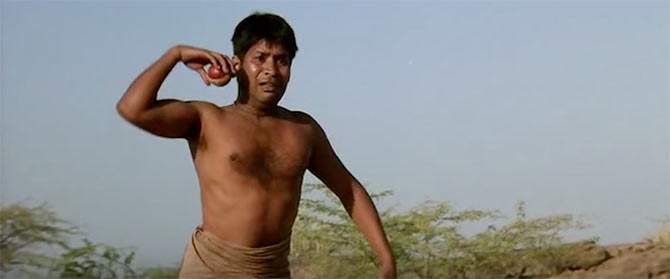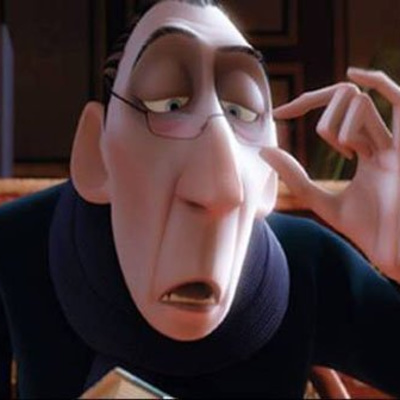By Rachit Raj
Ever since the lockdown, we have been forced to restrict ourselves indoors. The freedom of walking around freely has been snatched from us. Faces have become masks and human contact, an idyllic dream. Within the awarded freedom as citizens of the country, we have been forced into a life of an indefinite, carefully tailored restrictions. Nothing is normal as we have understood it throughout our lives. And yet, in the departure from normalcy, there is a forced confrontation with a reality that breathes around us – it has for centuries now – which is not too dissimilar to the reality we are experiencing in lockdown.
An important feature of cinema is that it immortalizes the period it was produced in. No matter the genre, a cinematic narrative always speaks to and about the now. So, in Jodha Akbar, the story of a Mughal ruler and a Rajput queen falling in love with each other speaks of the need to end the religious feud. Years later, Bhansali revisited the Hindu-Muslim love-story in Bajirao Mastani, again taking a note of our present by revisiting a forgotten past.
In that regard, it is worth looking at, realising and interpreting the life of Kachra (Aditya Lakhia), the Dalit man in Lagaan, who was disadvantaged on two accounts, both making his life a locked down reality, the kind that certain groups of people have had as their only reality for centuries; one that we have only briefly – with its continuous privileges – lived on the back of this pandemic.
We do not meet Kachra for the longest of times in the narrative of Lagaan. Even when the entire village dances to an A.R. Rahman melody amidst rain-bearing clouds approaching the village, we do not find Kachra around. It is evident, that he, along with other Dalits or “untouchables”, are living in obscurity, far from a world of societal normalcy. His absence speaks of his presence in a life diametrically opposite to that of other villagers. While others dance on the onset of monsoon and celebrate the birth of a Hindu God with song and dance, Kachra lives somewhere in the dark, invisible in the eyes of the camera, too, until he comes into prominence by the virtue of being a person with disability.
In a pivotal scene he throws the ball with a paralyzed right hand and gets significant spin on the ball. Bhuvan (Aamir Khan) immediately brings Kachra on the team, to which other players/villagers object with their stringent bias against his caste. The film deals with the issue of caste head-on here, but not before showing us how the very idea of mingling with Kachra is so bad for the villagers that they are prepared to lose a game of cricket, and by extension, ruin their lives.
Ashutosh Gowarikar inserted the character of Kachra in Lagaan, a Dalit person with disability (both aspects of his identity attacked in this scene crudely), to put forward the idea of this deep-rooted discrimination.
However, revisiting this scene now on the back of the pandemic opens up a box we have carefully kept closeted. Kachra represents not just one, but two communities, both that have been historically chastised for their presence on the fabric of our society, often prohibited to be a part of the social circle. Even today, we hear crimes against the marginalized. Often, we are pushed into a hashtag that speaks about discrimination thousands of kilometres away a lot more easily than we are willing to accept that we – our ancestors – have shamelessly pushed many in a life of permanent social distancing.
As we hear terms like “lockdown” and “social distancing” as a normalized reality now, we might want to remember that this has been a forced reality for people belonging to certain fringe groups for ages. We as a community have built our civilization on their institutionalized – often legalized – social boycott. The experience that is new for us has been the only known experience for a big percentage of our society. Maybe, as we move past the crisis of Covid-19, we can open our minds to understanding how it must feel to be forced into isolation – seen as a contaminator – for centuries, while others mingle and become part of stories that come with a promise of posterity.
This centuries-old isolation is visible also in cinema and the representation of these communities in films that define our understanding of certain era. For too long, they have been represented as a generalized stereotype and not as rounded humans. This is true of even some of the better cinematic representations of persons with disability, Dalits, people with alternate sexuality, etc. They say art mirrors society, but it can also help shape little minds who carry forward the legacy of a culture.
As we slowly crawl back towards our old, free life, we need to remember the darkest days of the lockdown. Days when we felt claustrophobic, pinching ourselves for the lack of authority we had over our own movement. Hopefully, in the memory of that, we will remember that Kachra was not just a fictional character. He existed as a cultivated reality on screen for those who have rarely found space in our understanding of our history, shunned into isolation, so that the privileged few can enjoy an evening of social mingling.






Leave A Comment
You must be logged in to post a comment.